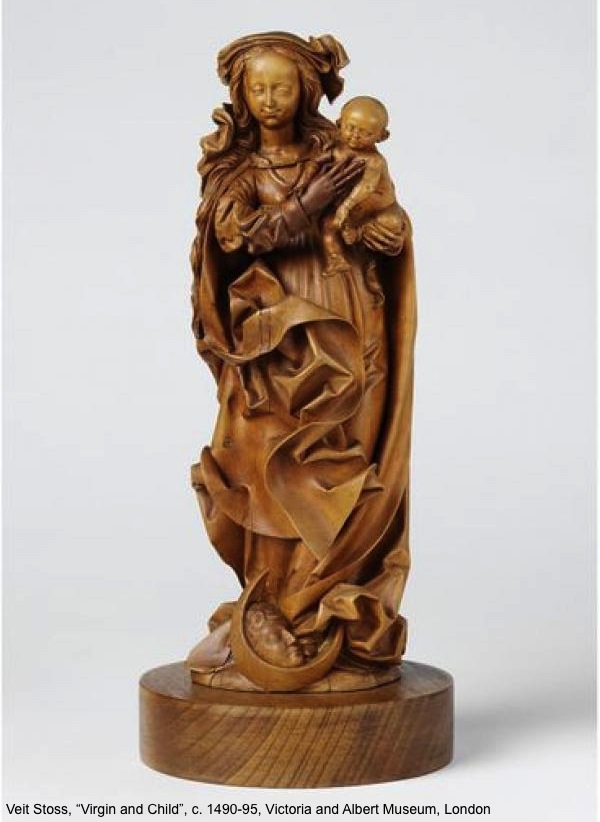


I have been designing my “libation altar” in my mind. But I am seriously considering learning some basic stone carving. (Telesphoros was the dwarf son of Aesclepius, the Greek god of healing.) He points the way to the gates of the sun and to the land of dreams.”

“This is Telesphoros, who roams through the dark regions of this cosmos and glows like a star out of the depths. The inscription on the side depicted above is Greek and reads, in part: Jung carved on multiple sides of the stone, borrowing his text from alchemical writings, Heraclitus, the Mithras liturgy, and Homer. After Enlightenment - chop wood, carry water.” Carving stone seems like a great way to “get my hands dirty”. What’s that Buddhist saying? “Before enlightenment - chop wood, carry water. Lupa recently wrote at No Unsacred Place about the spiritual practice of “getting your hands dirty”, combining hard work and the outdoors, literally digging your hands into the environment. I’m actually considering learning to carve it myself. I just need to figure out if I want to pay someone to make this (who?) or learn to carve stone myself. I’ve been fantasizing about a libation stone of my own. When I saw this, I became fascinated with idea of making an altar with a prayer carved into stone over which water could poured to “activate” the prayer, similar in some ways to Tibetan prayer wheels.

The items carved on the surface are “activated” by pouring liquid on the surface from special hs jars. This one came from the Ptolemaic period of Egypt. This table resembled a similar one I saw at the Rosicrucian Egyptian Museum several months ago in San Jose, California. limestone offering table, 1800 BCE, Egypt The channel allows libations to run off the surface. On my recent visit to the University of Pennsylvania Museum of Anthropology and Archeology in Philadelphia, I saw an Egyptian offering table. But more than that, there is something visceral about pouring a liquid it evokes all the sensations that I associate with running water: rivers, waterfalls, showers, and long thirsty draughts of water. I like libations because, since they are liquid, they are absorbed by the ground, and you are not left with food lying about as with other offerings of foodstuffs. Libations are a practice that I discovered when I first started practicing Paganism. One thing I like about Elani’s discussion of libations are the little details that help to sacralize the practice: like stepping away from the altar before “processing” back to it, and shifting the vessel from the right to the left hand before pouring the libation.


 0 kommentar(er)
0 kommentar(er)
